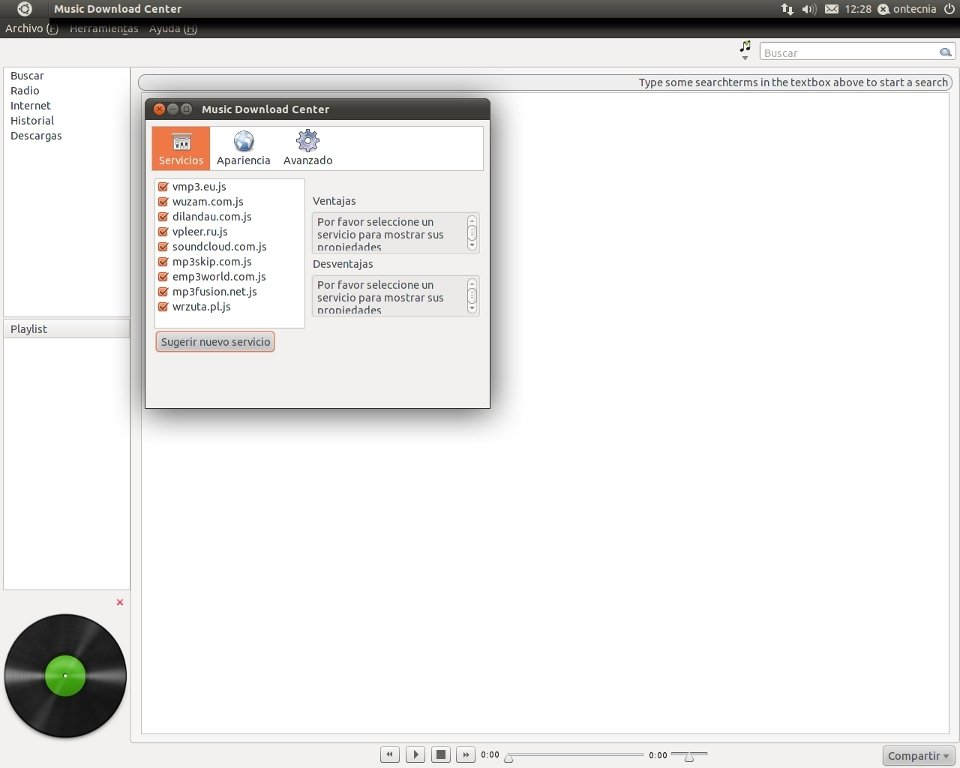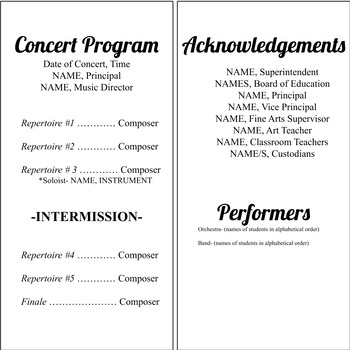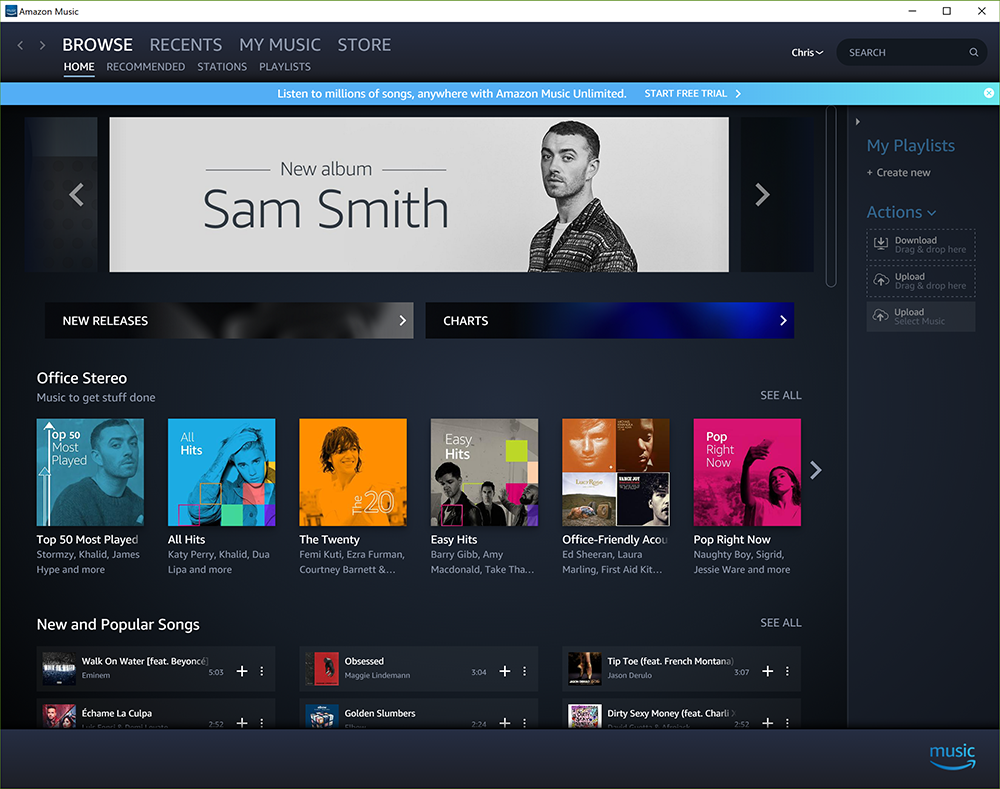

Software requirement document templates eliminate confusion, delays, and cost overruns.Īs a single source of truth that teams can refer to, everyone is clear on the product development specifications and deadlines. How will engineers know which features to include? How will the testers know what to test? How will the UX designers know who the end-user is? How does the project manager compare the finished product with what the client asked for? It’s nearly impossible to develop software without an SRS. Why do you Need Software Requirement Specification (SRS) Documents? This list is by no means exhaustive, but these points will ensure your SRS document looks professional and well-structured.

Accuracy – Software requirements specification templates must reflect the product’s function and specifications as accurately as possible.An SRS will ensure that the product the client wants is the one they get.įeatures of a good SRS document must include: Additionally, the navigation should be intuitive, the design minimalist, and it should work on the iOS and Android platforms. Let’s say you’re developing a gardening app that identifies flower and plant species, provides tips on plant care, and builds a community. It defines the product’s goals, describes the design, and details the user and product requirements, including interactions with other software. What is a Software Requirements Specification (SRS) Document?Ī software requirement specification (SRS) document is an overview of what your software product is supposed to do and how it should look. This way, project managers, software developers, user experience designers, and business analysts stay on the same page. To avoid project delays and costly reworks, you need a document that describes the software development process. Instead, you end up having frustrated team members, an ineffective product, or a failed project. But for many, that’s the fun.Įmbarking on a software development project without a software requirements specification document is like playing Broken Telephone. The goal is for the message to pass through the players without distortions or changes.

The statement goes down the line, and the last player announces it to the group. Remember the children’s game Broken Telephone or Chinese Whispers (transition chain experiment)? Players form a line, and the first person whispers a message to the second player in line.


 0 kommentar(er)
0 kommentar(er)
